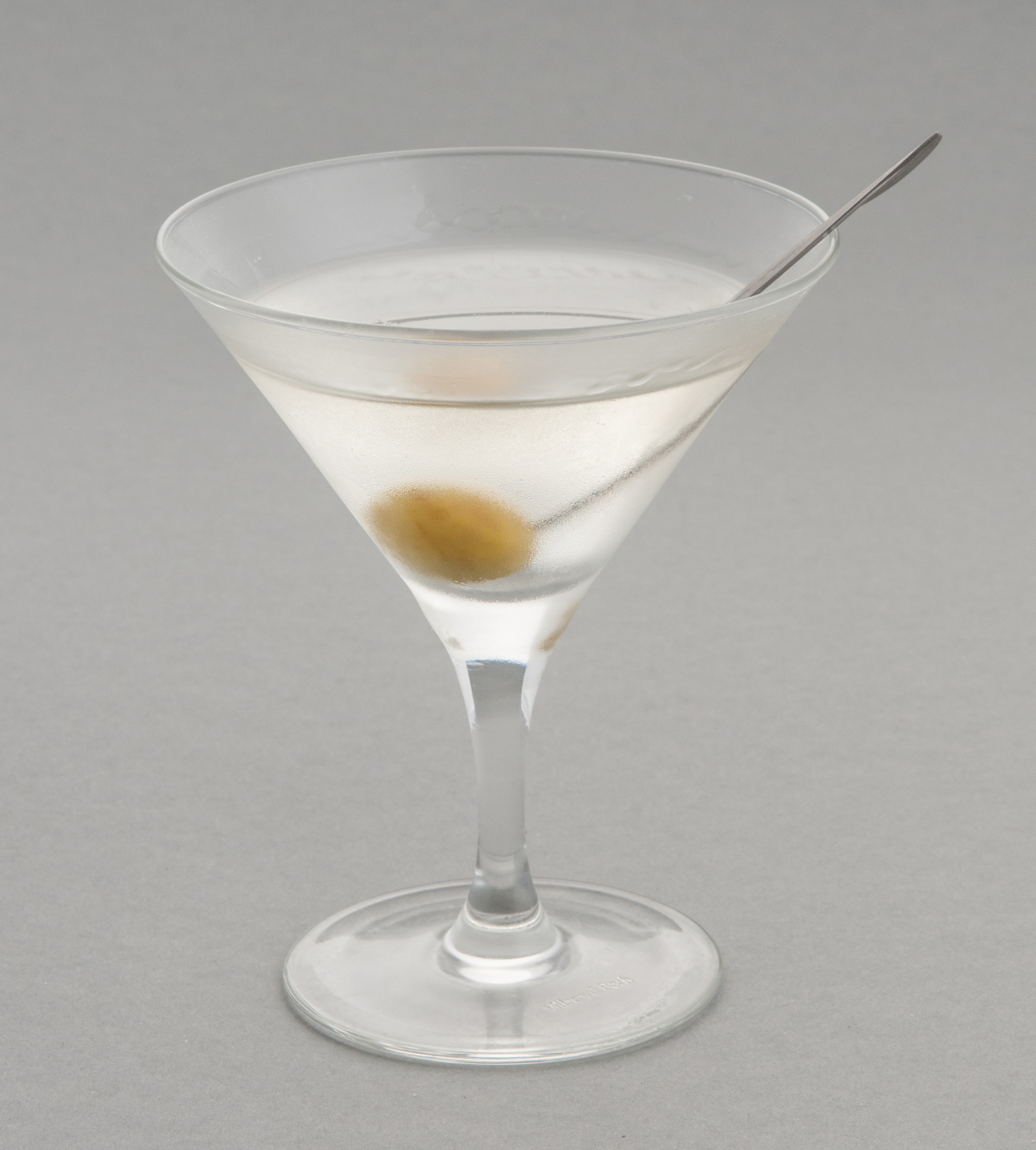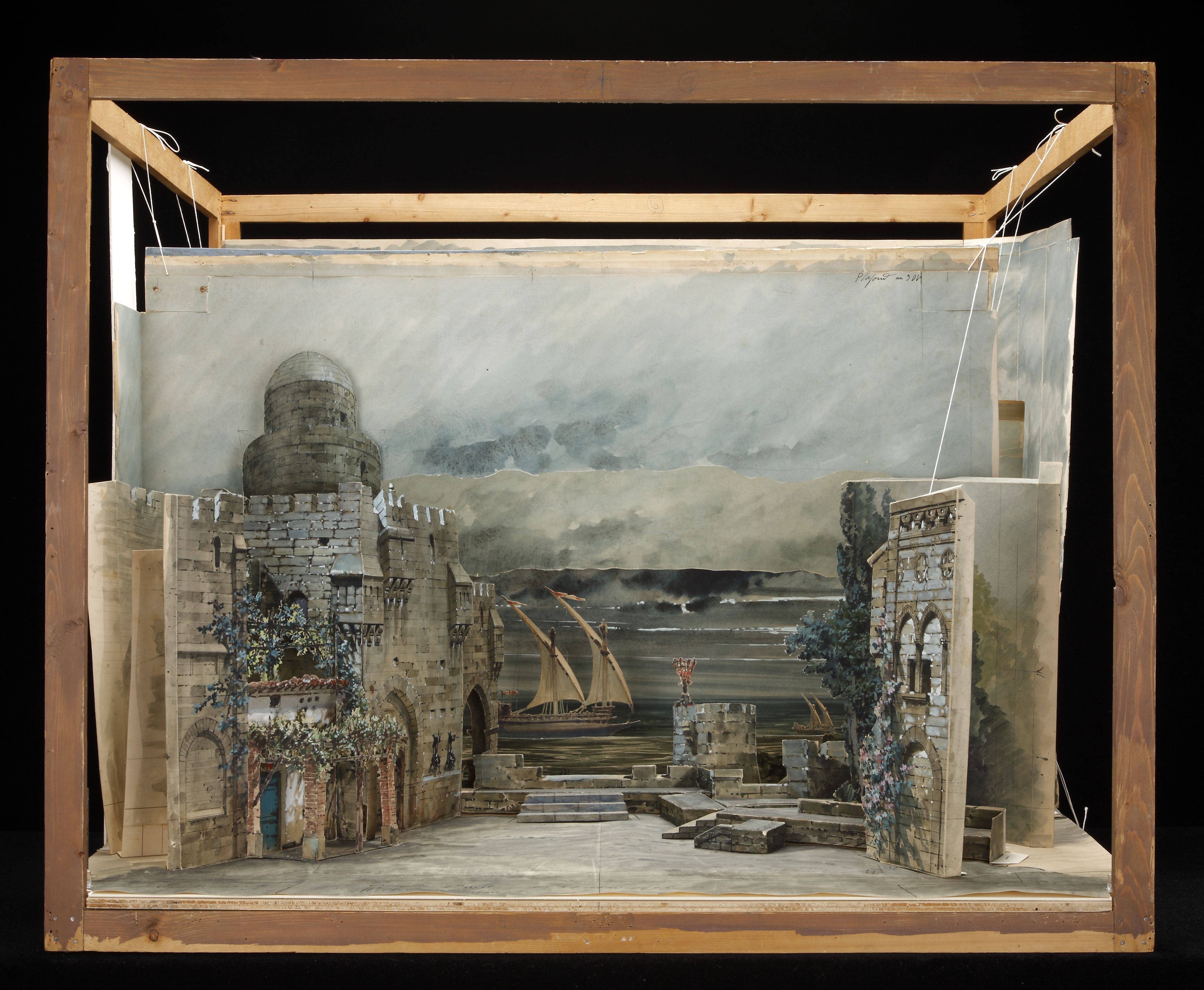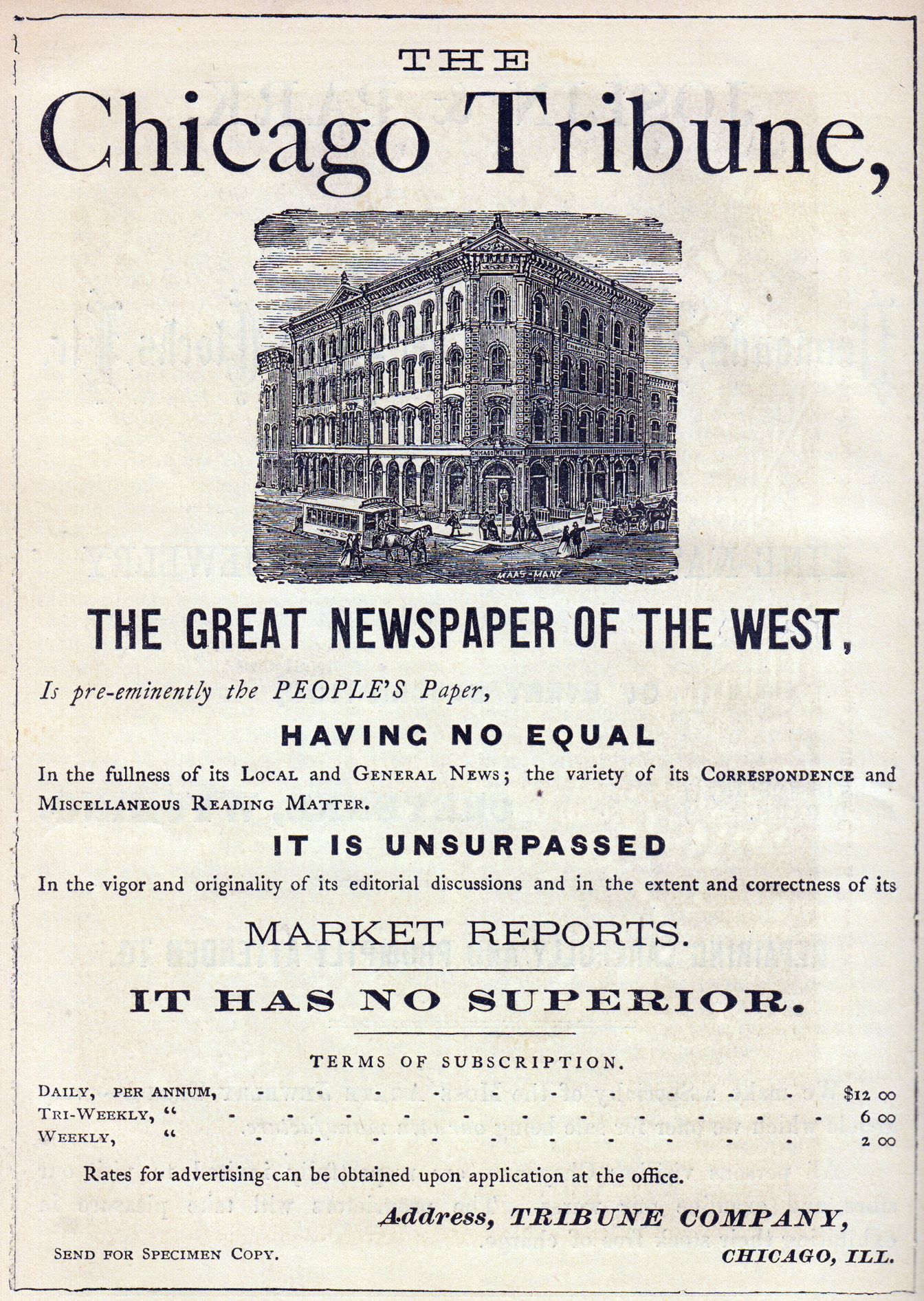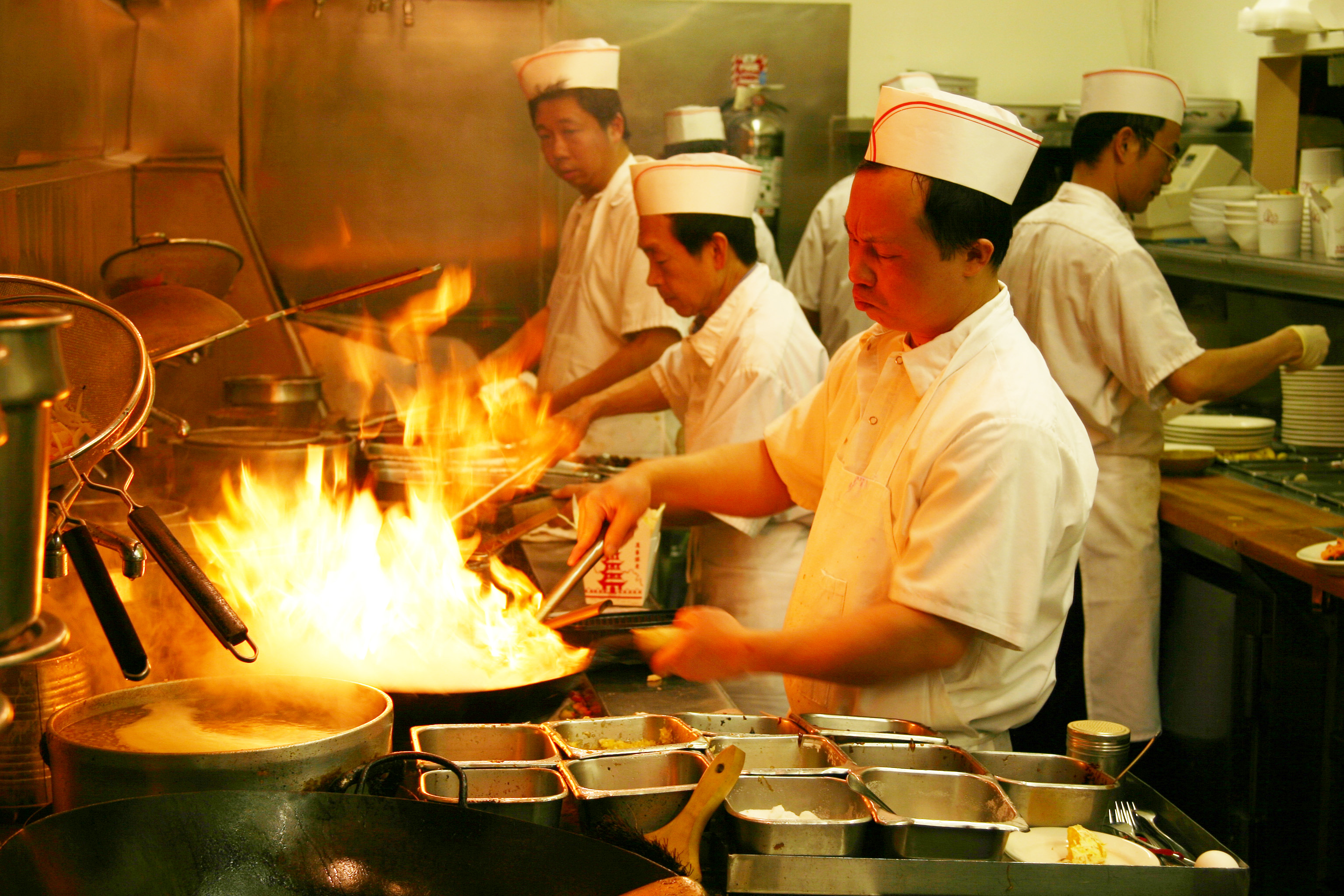|
Donn Beach
Donn Beach (born Ernest Raymond Gantt; February 22, 1907 – June 7, 1989) was an American adventurer, businessman, and World War II veteran who was the "founding father" of tiki culture. He is known for opening the first prototypical tiki bar, Don the Beachcomber, during the 1930s in Hollywood, California, which was expanded to a chain of dozens of restaurants throughout the United States. He later built the International Market Place and additional establishments in what was then the Territory of Hawaii. He married three times. Early life Gantt was born in 1907, with some sources indicating he was born in New Orleans and growing up in Limestone County, Texas and others indicating that he was born in Texas. A U.S. Census document from 1910 has him living in Limestone County, Texas at the age of 3. The same 1910 census document lists him as being born in Texas, and his mother, Molly Gant, as having a father who was born in Louisiana. In a 1987 interview for The ''Watumull Foundation ... [...More Info...] [...Related Items...] OR: [Wikipedia] [Google] [Baidu] |
Limestone County, Texas
Limestone County is a county in the U.S. state of Texas. As of the 2020 census, its population was 22,146. Its county seat is Groesbeck. The county was created in 1846. History Native Americans Indians friendly to the settlers resided in East Texas before the Kiowa, Apache and Comanche intruded upon their territory. These tribes hunted, farmed the land, and were adept traders. The Tawakoni branch of Wichita Indians originated north of Texas, but migrated south into east Texas. From 1843 onward, the Tawakoni were part of treaties made by both the Republic of Texas and the United States. Tawakoni were also sometimes known as Tehuacana. The Limestone County town of Tehuacana was settled on the former site of a Tehuacana village. The Waco people were also a branch of the Wichita Indians. Fort Parker massacre Arguably the most infamous Indian depredation in Texas took place in Limestone County on May 19, 1836, when an odd alliance of Comanche, Kiowa, Caddo, and Wichita ap ... [...More Info...] [...Related Items...] OR: [Wikipedia] [Google] [Baidu] |
Cocktail
A cocktail is an alcoholic mixed drink. Most commonly, cocktails are either a combination of spirits, or one or more spirits mixed with other ingredients such as tonic water, fruit juice, flavored syrup, or cream. Cocktails vary widely across regions of the world, and many websites publish both original recipes and their own interpretations of older and more famous cocktails. History The origins of the word ''cocktail'' have been debated (see section Etymology). The first written mention of ''cocktail'' as a beverage appeared in ''The Farmers Cabinet,'' 1803 in the United States. The first definition of a cocktail as an alcoholic beverage appeared three years later in ''The Balance and Columbian Repository'' (Hudson, New York) May 13, 1806. Traditionally, cocktail ingredients included spirits, sugar, water and bitters, however, this definition evolved throughout the 1800s, to include the addition of a liqueur. In 1862 Jerry Thomas published a bartenders: guide called ''How ... [...More Info...] [...Related Items...] OR: [Wikipedia] [Google] [Baidu] |
Theatrical Scenery
Theatrical scenery is that which is used as a setting for a theatrical production. Scenery may be just about anything, from a single chair to an elaborately re-created street, no matter how large or how small, whether the item was custom-made or is the genuine item, appropriated for theatrical use. History The history of theatrical scenery is as old as the theatre itself, and just as obtuse and tradition bound. What we tend to think of as 'traditional scenery', i.e. two-dimensional canvas-covered 'flats' painted to resemble a three-dimensional surface or vista, is a relatively recent innovation and a significant departure from the more ancient forms of theatrical expression, which tended to rely less on the actual representation of space senerial and more on the conveyance of action and mood. By the Shakespearean era, the occasional painted backdrop or theatrical prop was in evidence, but the show itself was written so as not to rely on such items to convey itself to the audience. ... [...More Info...] [...Related Items...] OR: [Wikipedia] [Google] [Baidu] |
Rumaki
Rumaki or rumake is an hors d'oeuvre of tiki culture origin. It was popularly served at Trader Vic's and other Polynesian restaurants in the 1950s and 1960s. Preparation Rumaki's ingredients and method of preparation vary, but usually it consists of water chestnuts and pieces of chicken liver wrapped in bacon and marinated in soy sauce and either ginger or brown sugar, then fried or baked. Etymology One of the earliest references to ''rumaki'' is on the 1941 menu of the Don the Beachcomber restaurant (Palm Springs). The name, like the dish, was probably invented at Don the Beachcomber. Its origin is unknown, although it could be short for Japanese ''harumaki'' 'spring roll'.''Oxford English Dictionary'', 3rd edition, March 2011''s.v.''/ref> See also * Crab Rangoon Crab Rangoon, sometimes called crab puffs, crab rangoon puffs, or cheese wontons, are filled crisp dumpling appetizers served primarily in American Chinese restaurants. Preparation The filling is made with a ... [...More Info...] [...Related Items...] OR: [Wikipedia] [Google] [Baidu] |
Chicago Tribune
The ''Chicago Tribune'' is a daily newspaper based in Chicago, Illinois, United States, owned by Tribune Publishing. Founded in 1847, and formerly self-styled as the "World's Greatest Newspaper" (a slogan for which WGN radio and television are named), it remains the most-read daily newspaper in the Chicago metropolitan area and the Great Lakes region. It had the sixth-highest circulation for American newspapers in 2017. In the 1850s, under Joseph Medill, the ''Chicago Tribune'' became closely associated with the Illinois politician Abraham Lincoln, and the Republican Party's progressive wing. In the 20th century under Medill's grandson, Robert R. McCormick, it achieved a reputation as a crusading paper with a decidedly more American-conservative anti-New Deal outlook, and its writing reached other markets through family and corporate relationships at the ''New York Daily News'' and the ''Washington Times-Herald.'' The 1960s saw its corporate parent owner, Tribune Company, rea ... [...More Info...] [...Related Items...] OR: [Wikipedia] [Google] [Baidu] |
Pu Pu Platter
A pu pu platter is a tray of American Chinese or Hawaiian food consisting of an assortment of small meat and seafood appetizers. The ''Thrillist'' called the pu-pu platter "an amalgam of Americanized Chinese food, Hawaiian tradition and bar food." The pupu platter was probably first introduced to restaurants on the United States mainland by Donn Beach in 1934. It has since become a standard at most Polynesian-themed restaurants such as Don's and Trader Vic's. The earliest known print reference to a pupu platter served at a Chinese restaurant is from 1969. Later, other types of restaurants used "pu pu platter" to describe an appetizer combination platter.In the 1970s, Boston-area Italian restaurants were marketing their appetizers combinations as "Italian pu pu platters". However, pu pu platters are currently more closely associated with American Chinese restaurants. A typical pu pu platter, as found in American Chinese cuisine, includes appetizers such as egg rolls, spare ... [...More Info...] [...Related Items...] OR: [Wikipedia] [Google] [Baidu] |
Cantonese Cuisine
Cantonese or Guangdong cuisine, also known as Yue cuisine ( or ) is the cuisine of Guangdong province of China, particularly the provincial capital Guangzhou, and the surrounding regions in the Pearl River Delta including Hong Kong and Macau.Hsiung, Deh-Ta. Simonds, Nina. Lowe, Jason. 005(2005). The food of China: a journey for food lovers. Bay Books. . p17. Strictly speaking, Cantonese cuisine is the cuisine of Guangzhou or of Cantonese speakers, but it often includes the cooking styles of all the speakers of Yue Chinese languages in Guangdong. Scholars categorize Guangdong cuisine into three major groups based on the region's dialect: Cantonese, Hakka and Chaozhou cuisines. The Teochew cuisine and Hakka cuisine of Guangdong are considered their own styles, as is neighboring Guangxi's cuisine despite eastern Guangxi being considered culturally Cantonese due to the presence of ethnic Zhuang influences in the rest of the province. Cantonese cuisine is one of the Eight Cu ... [...More Info...] [...Related Items...] OR: [Wikipedia] [Google] [Baidu] |
Prohibition
Prohibition is the act or practice of forbidding something by law; more particularly the term refers to the banning of the manufacture, storage (whether in barrels or in bottles), transportation, sale, possession, and consumption of alcoholic beverages. The word is also used to refer to a period of time during which such bans are enforced. History Some kind of limitation on the trade in alcohol can be seen in the Code of Hammurabi (c. 1772 BCE) specifically banning the selling of beer for money. It could only be bartered for barley: "If a beer seller do not receive barley as the price for beer, but if she receive money or make the beer a measure smaller than the barley measure received, they shall throw her into the water." In the early twentieth century, much of the impetus for the prohibition movement in the Nordic countries and North America came from moralistic convictions of pietistic Protestants. Prohibition movements in the West coincided with the advent of women's su ... [...More Info...] [...Related Items...] OR: [Wikipedia] [Google] [Baidu] |
Navy Grog
The Navy Grog was a popular rum-based drink served for many years at the Polynesian-themed Don the Beachcomber restaurants; it is still served in many so-called tiki restaurants and bars. First created by Donn Beach, who almost single-handedly originated the tiki cultural fad of the 1940s and 1950s, it was one of dozens of rum concoctions that he, and later Trader Vic and numerous other imitators, sold in exotic tropical settings. Not quite as potent as the Beachcomber's more famous Zombie, it was, nevertheless, shown on the menu as being limited to two, or sometimes three, to a customer. Reportedly, Phil Spector consumed at least two Trader Vic’s Navy Grogs at the Beverly Hilton restaurant, without eating any food, the night he later killed actress Lana Clarkson. Etymology and origin The word "grog" itself can refer to a variety of alcoholic beverages. It originally referred to a drink made with water and rum, which was introduced into the Royal Navy by British Vice Admiral Ed ... [...More Info...] [...Related Items...] OR: [Wikipedia] [Google] [Baidu] |
The New York Times
''The New York Times'' (''the Times'', ''NYT'', or the Gray Lady) is a daily newspaper based in New York City with a worldwide readership reported in 2020 to comprise a declining 840,000 paid print subscribers, and a growing 6 million paid digital subscribers. It also is a producer of popular podcasts such as '' The Daily''. Founded in 1851 by Henry Jarvis Raymond and George Jones, it was initially published by Raymond, Jones & Company. The ''Times'' has won 132 Pulitzer Prizes, the most of any newspaper, and has long been regarded as a national " newspaper of record". For print it is ranked 18th in the world by circulation and 3rd in the U.S. The paper is owned by the New York Times Company, which is publicly traded. It has been governed by the Sulzberger family since 1896, through a dual-class share structure after its shares became publicly traded. A. G. Sulzberger, the paper's publisher and the company's chairman, is the fifth generation of the family to head the pa ... [...More Info...] [...Related Items...] OR: [Wikipedia] [Google] [Baidu] |
Copacabana (nightclub)
The Copacabana is a New York City nightclub that has existed in several locations. In earlier locations, many entertainers, such as Danny Thomas, Pat Cooper and the comedy team of Martin and Lewis, made their New York debuts at the Copacabana. The Barry Manilow song " Copacabana" (1978) is named after, and set in, the club. The nightclub was used as a setting in the films ''Goodfellas'', ''Raging Bull'', ''Tootsie'', ''The Purple Rose of Cairo'', ''Carlito's Way'', '' The French Connection'', ''Martin and Lewis'', '' Green Book'', '' Beyond the Sea'', ''The Irishman'', and ''One Night in Miami''. It was also used in several plays, including Barry Manilow's '' Copacabana''. Also, the musical film '' Copacabana'' (1947), starring Groucho Marx and Carmen Miranda, takes place in the Copacabana, as does the made-for-television film based on the Manilow hit song, in which Manilow himself starred. History The 1940s to the 1960s The Copacabana opened on November 10, 1940, at 10 East 6 ... [...More Info...] [...Related Items...] OR: [Wikipedia] [Google] [Baidu] |
_(12001506164).jpg)






.png)
